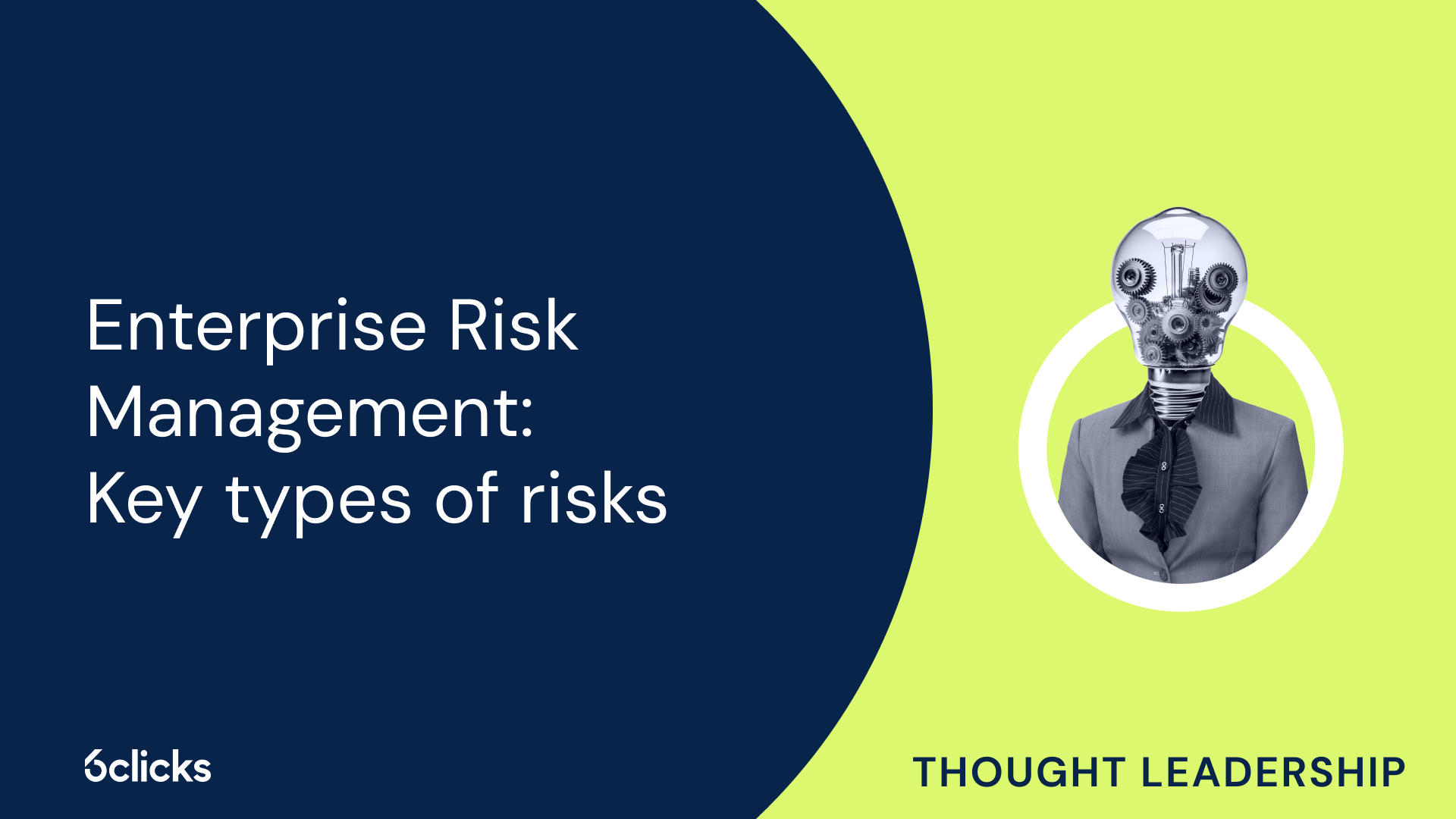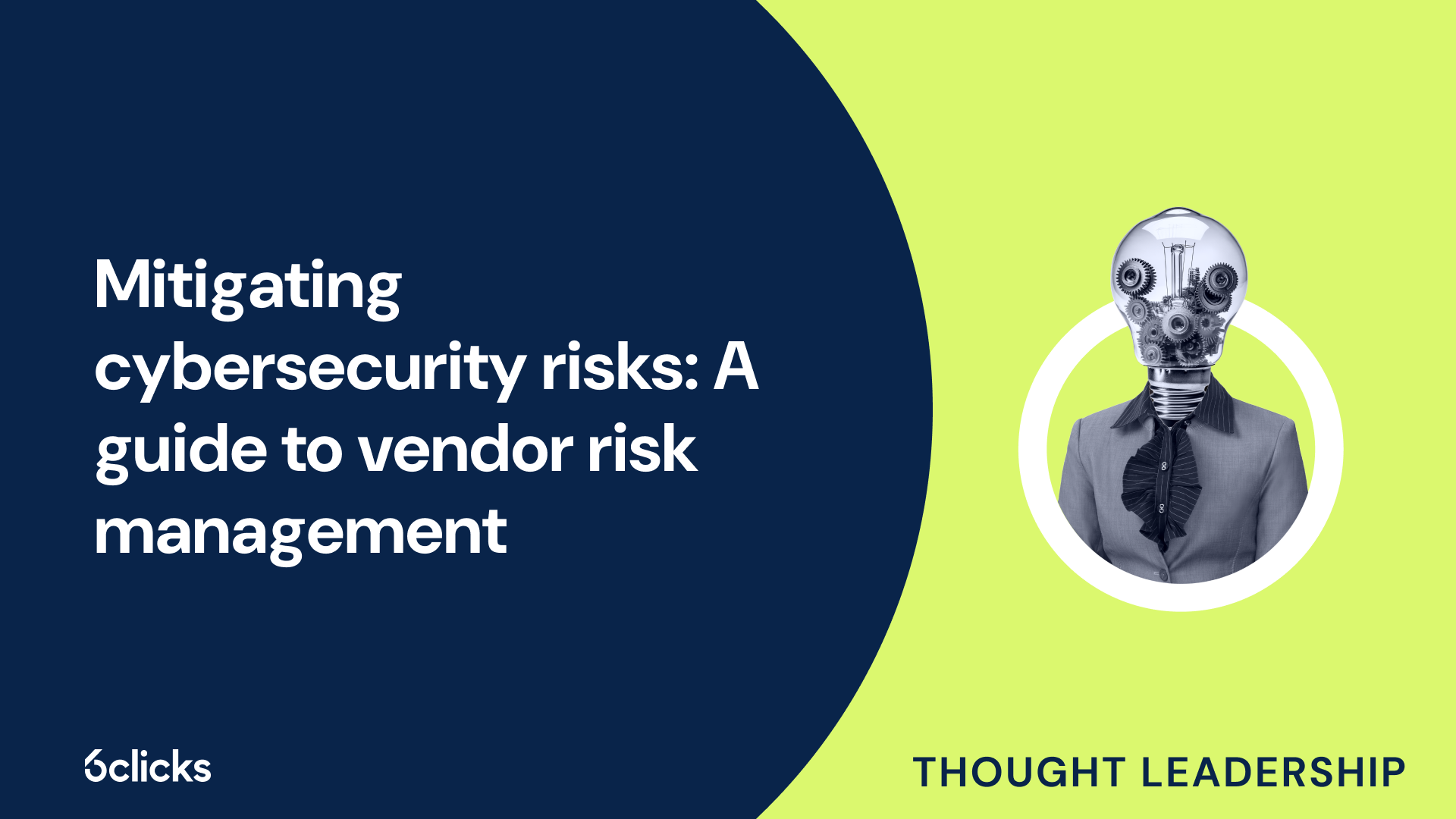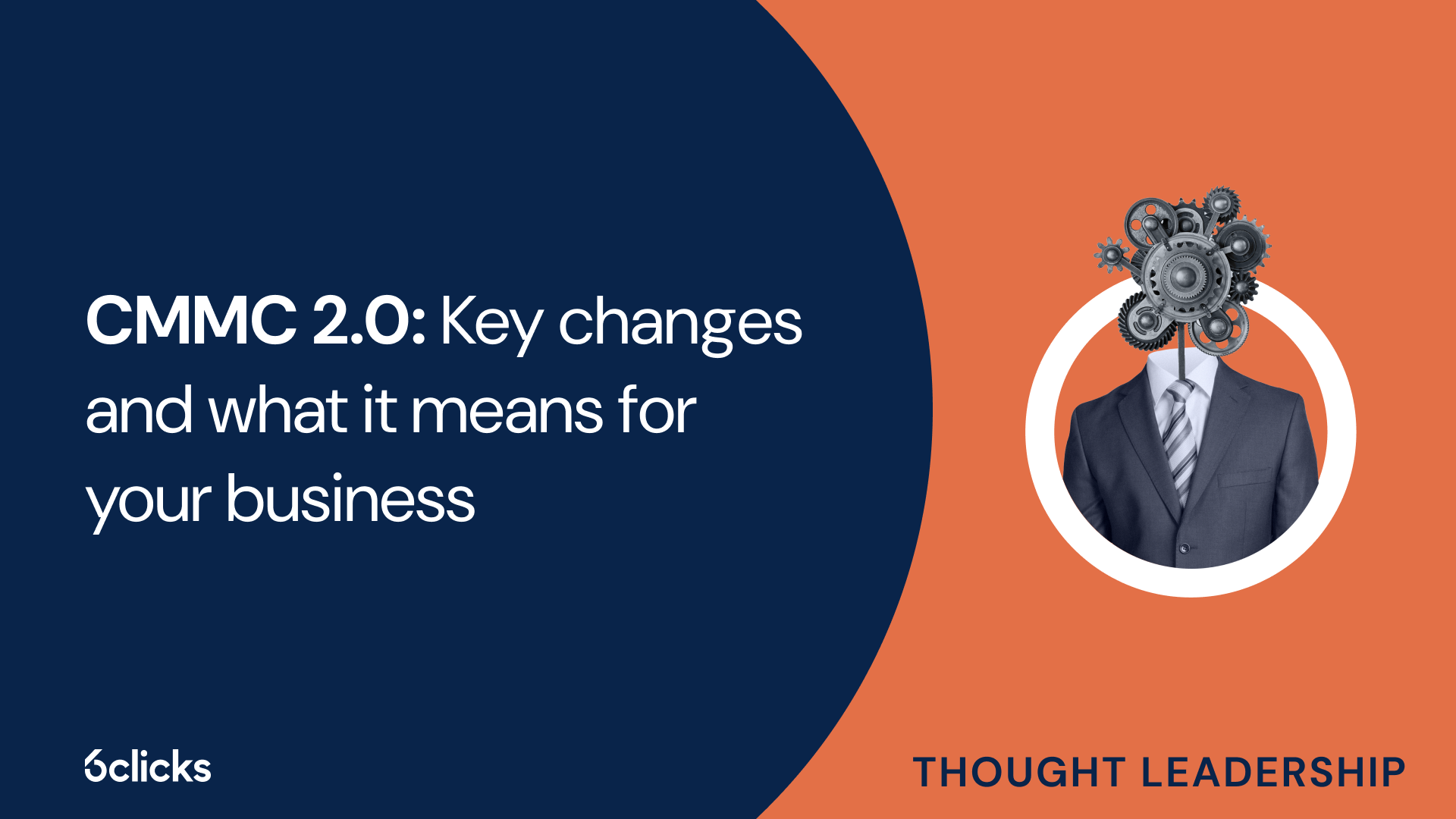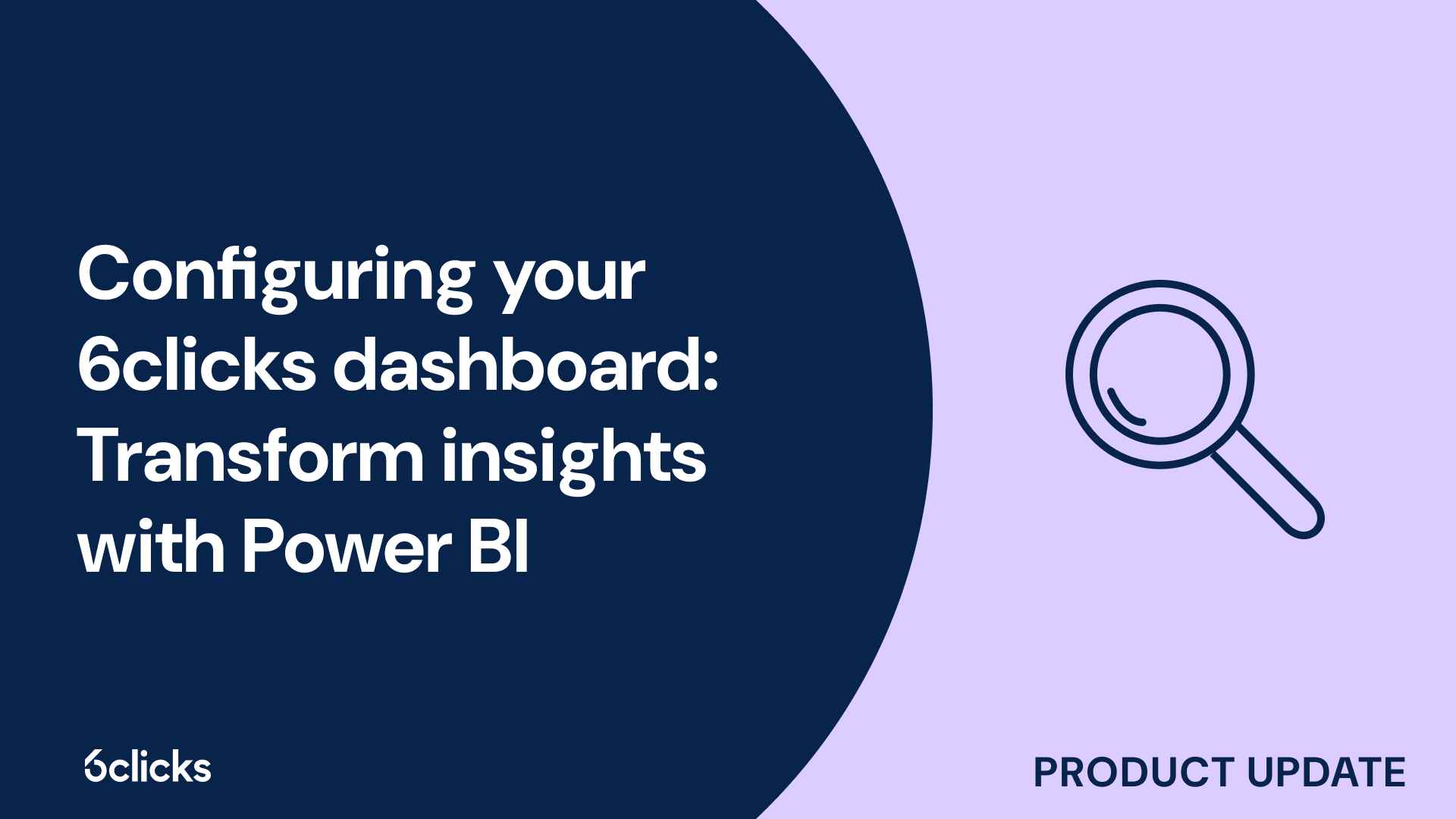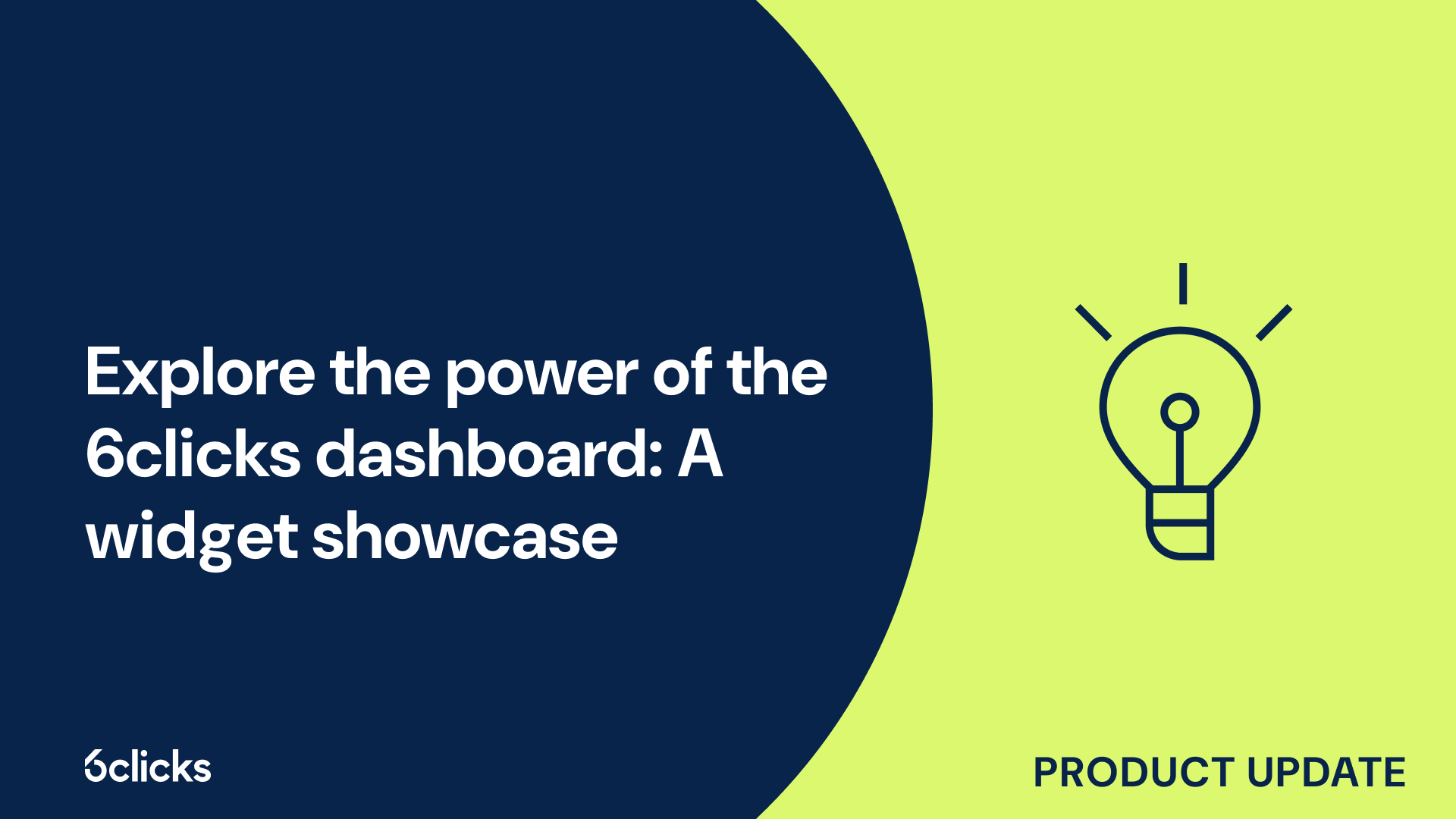The GRC buyer’s guide for 2025: Building resilience with AI-powered, federated solutions
-1.png?width=314&height=391&name=Group%20193%20(1)-1.png)
The GRC buyer’s guide for 2025: Building resilience with AI-powered, federated solutions
What is FedRAMP?
The Federal Risk and Authorization Management Program (FedRAMP) is a government-wide program that aims to provide a standardized approach to security assessment, authorization, and continuous monitoring for cloud products and services used by federal government agencies. It was established to ensure that the federal government can adopt cloud computing services in a cost-effective and secure manner. FedRAMP provides a set of security requirements and standards that cloud service providers must adhere to in order to obtain a FedRAMP authorization. This authorization certifies that the provider meets these security standards and is deemed suitable for use in federal government environments. By streamlining security assessments and eliminating duplicative efforts, FedRAMP reduces the risks associated with adopting cloud technology and facilitates the government's transition to secure cloud solutions.
Is FedRAMP mandatory?
FedRAMP, the Federal Risk and Authorization Management Program, is a government-wide program that provides a standardized approach to security assessment, authorization, and continuous monitoring for cloud products and services. While FedRAMP is not explicitly mandatory for cloud service providers, it is highly recommended and often required for working with federal agencies.
Federal agencies are responsible for ensuring that the cloud service offerings they adopt meet their specific security requirements. As such, many federal agencies make FedRAMP compliance a requirement when selecting cloud service providers. FedRAMP offers different 'impact levels' to categorize the potential impacts and risk levels associated with different types of cloud services.
Cloud service providers looking to work with federal agencies must undergo a FedRAMP authorization process to demonstrate their compliance with the program's security standards. This process includes security assessments conducted by third-party assessment organizations, the development of FedRAMP security packages, and the submission of authorization requests to the Federal Risk and Authorization Management Office (FedRAMP PMO).
While FedRAMP compliance can be rigorous and resource-intensive for cloud service providers, it offers several benefits. It allows cloud service providers to showcase their commitment to security and to gain visibility in the federal market through the FedRAMP Marketplace. Additionally, achieving FedRAMP compliance enables cloud service providers to reduce duplicative efforts by utilizing the FedRAMP-authorized secure repository for security assessments.
FedRAMP basics
The Federal Risk and Authorization Management Program (FedRAMP) is a government-wide program designed to ensure the security of cloud computing services used by federal agencies. It provides a standardized approach to security assessment, authorization, and continuous monitoring for cloud products and services. FedRAMP compliance is often a mandatory requirement for federal agencies when selecting cloud service providers. The program requires cloud service providers to undergo a rigorous authorization process and meet specific security standards. While the compliance process can be resource-intensive, it offers several benefits such as increased visibility in the federal market and the ability to reduce duplicative efforts through the use of the FedRAMP-authorized secure repository. Overall, FedRAMP plays a critical role in ensuring the security and integrity of cloud environments used by federal government agencies.
Overview of the program
The Federal Risk and Authorization Management Program (FedRAMP) is a government-wide program that provides a standardized approach to security assessment, authorization, and continuous monitoring for cloud-based products and services procured by federal government agencies. Its purpose is to ensure that these cloud services meet stringent security requirements and provide a level of protection for federal agency data.
The process of achieving FedRAMP authorization involves multiple stages. Cloud service providers seeking authorization must undergo a thorough security assessment conducted by a third-party assessment organization (3PAO). This assessment evaluates the provider's cloud service offerings against the FedRAMP security standards and verifies their compliance.
Obtaining FedRAMP authorization offers several benefits. First and foremost, it allows cloud service providers to offer their secure cloud solutions to federal government agencies. This opens up opportunities for business growth and expansion. Additionally, the adoption of FedRAMP provides federal agencies with cost-effective, risk-based cloud computing services. It also reduces duplicative efforts by establishing a consistent approach to security assessment and monitoring.
However, there are also challenges associated with FedRAMP adoption. The process can be time-consuming and resource-intensive, requiring significant investments in security infrastructure and personnel. Furthermore, there may be a potential impact on the availability and performance of cloud environments due to the stringent security requirements.
Understanding the authorization process
The authorization process for achieving FedRAMP certification involves several stages and the role of the authorizing agency or Joint Authorization Board (JAB) is crucial.
The process begins with the cloud service provider (CSP) selecting a third-party assessment organization (3PAO) to conduct a comprehensive security assessment. This assessment evaluates the CSP's cloud service offerings against the FedRAMP security requirements and assesses the risk associated with using these services.
Once the assessment is complete, the CSP submits a security package to the JAB or an individual federal agency for review. This security package includes extensive documentation about the CSP's security controls, implementation details, and evidence of compliance with FedRAMP requirements. The package also includes any additional documentation required by the authorizing agency or JAB.
The JAB or the authorizing agency then conducts a thorough review of the security package. They assess the level of risk associated with using the CSP's cloud services and evaluate the effectiveness of the security controls implemented. Based on this assessment, the JAB or the authorizing agency makes a decision whether to grant an authorization to operate (ATO) to the CSP.
The criteria for granting authorization include meeting all FedRAMP security requirements, demonstrating a strong security posture, and providing evidence of compliance through documentation and testing. The level of risk is assessed based on potential impacts on the confidentiality, integrity, and availability of the system and data. The JAB or the authorizing agency may grant a provisional authorization initially and then conduct continuous monitoring to ensure ongoing compliance.
Security packages & levels of impact
In the FedRAMP program, security packages play a crucial role in ensuring the protection of sensitive data handled by cloud service providers (CSPs). These packages contain comprehensive documentation about the implemented security controls and their effectiveness in meeting FedRAMP requirements.
To assess the level of risk associated with using CSPs, FedRAMP categorizes security controls into three impact levels: low, medium, and high. These impact levels determine the sensitivity of the data being handled by the CSPs.
For low-impact data, the baseline security controls include measures like access control, incident response, and system and information integrity. These controls focus on preventing unauthorized access and ensuring the reliability of data.
For medium-impact data, in addition to the controls for low-impact, there are additional requirements such as audit and accountability, identification and authentication, and system and communications protection. These controls are designed to further enhance security and protect moderately sensitive information.
For high-impact data, the baseline security controls are the most stringent. They encompass a wide range of measures, including configuration management, media protection, personnel security, and physical and environmental protection. These controls aim to provide the highest level of protection for the most sensitive data.
Understanding these security packages and levels of impact is crucial for FedRAMP compliance, as it ensures that CSPs implement the appropriate controls based on the sensitivity of the data they handle. By adhering to these baseline security controls, CSPs can mitigate risks, protect federal agency data, and contribute to a more secure cloud computing environment in the federal government.
Third-party assessment organizations (3PAOs)
Third-party assessment organizations (3PAOs) play a crucial role in the FedRAMP compliance process. These organizations are independent entities responsible for assessing and attesting the cybersecurity of cloud service providers (CSPs).
To become a 3PAO, organizations must meet specific requirements set by the Federal Risk and Authorization Management Program (FedRAMP). These requirements include having a high level of expertise in cybersecurity and possessing the necessary accreditations and certifications.
Once accredited, 3PAOs are assigned the responsibility of conducting cybersecurity attestation for CSPs seeking FedRAMP compliance. This involves a comprehensive evaluation of the CSP's security controls, policies, and procedures. The 3PAOs thoroughly review and assess the CSP's systems and ensure they meet the required security standards.
One essential output of the 3PAOs' assessment is the creation of Readiness Assessment Reports (RARs). These reports provide an in-depth analysis of the CSP's compliance with FedRAMP requirements. RARs outline any vulnerabilities or areas of improvement identified during the assessment process. This information assists both the CSP and the authorizing officials in making informed decisions regarding the CSP's security posture and potential risks.
Role of the federal agency
Role of the Federal Agency in the FedRAMP Program
The federal agency plays a crucial role in the Federal Risk and Authorization Management Program (FedRAMP), particularly in the authorization process and enforcement of compliance with FedRAMP requirements.
The authorization process involves multiple steps and the federal agency is responsible for overseeing and approving the authorization of cloud service providers (CSPs) to provide cloud services to federal government agencies. The federal agency, as the customer of the CSP, ensures that the CSP meets the necessary security requirements set by FedRAMP.
In terms of enforcement of compliance, the federal agency is responsible for monitoring and continuously assessing the CSP's adherence to FedRAMP's security standards. This includes regularly reviewing the CSP's security packages and conducting security assessments to ensure compliance. The federal agency may also impose penalties or revoke authorization if a CSP fails to maintain compliance.
To facilitate efficient governance of the FedRAMP program, there are key entities involved, including the Joint Authorization Board (JAB), the Office of Management and Budget (OMB), the CIO Council, the FedRAMP Program Management Office (PMO), the Department of Homeland Security (DHS), and the National Institute for Standards and Technology (NIST). These entities work together to establish policies, guidelines, and frameworks that govern the program and support the federal agency in its role.
The marketplace and provisional authorizations
The FedRAMP marketplace serves as a centralized repository for federal agencies to access authorized cloud service providers (CSPs) that meet the stringent security requirements of the FedRAMP program. It offers a wide range of cloud service offerings, ensuring that federal agencies have a standardized approach to selecting secure cloud solutions.
Once a CSP receives authorization from the federal agency, they are listed in the FedRAMP marketplace. This listing provides federal agencies with the assurance that the CSP has undergone a rigorous security assessment and meets the necessary security standards required by the FedRAMP program.
Provisional authorizations play a crucial role in the marketplace. They allow CSPs to offer cloud services to federal agencies while undergoing the full authorization process. This is particularly beneficial for CSPs that are new to the FedRAMP program or have made significant updates to their cloud environments. Provisional authorizations enable federal agencies to utilize the cloud services of CSPs that are in the process of becoming fully authorized by FedRAMP.
These provisional authorizations are granted based on an assessment of the CSP's security posture. They undergo continuous monitoring and assessment to ensure they maintain the necessary security controls and adhere to FedRAMP requirements. Once a CSP successfully completes the full authorization process, they are granted a FedRAMP authorization and listed as a fully compliant CSP in the marketplace, providing federal agencies with a wide array of secure cloud computing options to choose from.
Benefits of adopting FedRAMP
Implementing the Federal Risk and Authorization Management Program (FedRAMP) brings numerous benefits for cloud service providers (CSPs) and federal government agencies. FedRAMP provides a standardized approach to security assessment, authorization, and continuous monitoring for cloud products and services. By adhering to FedRAMP's security requirements, CSPs can gain the trust and confidence of federal government agencies, leading to increased business opportunities in the government sector. For federal agencies, adopting FedRAMP allows them to access a wide range of secure cloud solutions from FedRAMP-compliant CSPs, reducing the risk of potential impacts such as loss of confidentiality or data breaches. Furthermore, the adoption of FedRAMP promotes cost-effective and efficient cloud computing services, eliminating duplicative efforts in security assessments. With FedRAMP's risk-based approach and continuous monitoring, both CSPs and federal agencies can ensure data security and compliance, making it a crucial program for the adoption of cloud technology in the government sector.
Cloud service offerings
Under the Federal Risk and Authorization Management Program (FedRAMP), various cloud service offerings are available to meet the security requirements of federal agencies. These offerings provide a standardized approach to security assessment and authorization for cloud computing services.
By utilizing FedRAMP authorized cloud service providers, federal agencies can enhance their security posture. These providers adhere to strict security standards and undergo rigorous third-party assessments to ensure the protection of sensitive government data. This eliminates the need for federal agencies to conduct duplicative efforts and allows them to leverage the expertise of these cloud providers.
One of the key benefits of FedRAMP cloud service offerings is the streamlining of compliance processes. These offerings come with pre-approved security packages and templates, reducing the time and effort required for security assessments. Moreover, federal agencies can benefit from the continuous monitoring provided by FedRAMP authorized cloud providers, ensuring that security controls are maintained and potential risks are promptly addressed.
In addition to enhanced security and streamlined compliance, these cloud service offerings also provide significant cost savings. By leveraging the shared infrastructure and economies of scale offered by cloud technology, federal agencies can reduce their operational costs and avoid costly hardware and software investments. This allows agencies to allocate resources more efficiently and focus on their core missions.
Standardized approach to security assessment & authorization processes
FedRAMP (Federal Risk and Authorization Management Program) follows a standardized approach to security assessment and authorization processes for cloud service providers seeking to offer their services to federal agencies. This standardized approach helps ensure consistency and reliability in assessing the security of these providers, promoting a secure and reliable cloud environment for government agencies.
The authorization process under FedRAMP involves several key steps. First, cloud service providers must develop a System Security Plan (SSP) that outlines their security controls and strategies. They also undergo a third-party assessment conducted by accredited Third-Party Assessment Organizations (3PAOs), who evaluate the provider's compliance with the FedRAMP security requirements.
Following the assessment, providers then submit their security assessment package to the FedRAMP Program Management Office (PMO) for review. The PMO ensures that the assessment is thorough and meets the FedRAMP requirements. If the review is successful, the provider receives a provisional authorization to operate, allowing them to offer their cloud services to federal agencies.
After the provisional authorization, the provider must undergo continuous monitoring to ensure that their security controls are maintained and potential risks are promptly addressed. This includes regular security assessments and reporting to demonstrate ongoing compliance with the FedRAMP standards.
The involvement of third-party assessment organizations plays a crucial role in the FedRAMP process. These organizations conduct independent security assessments, providing an objective evaluation of a cloud provider's security posture. This helps federal agencies have confidence in the security of the services they adopt and ensures the reliability and consistency of security assessments across different providers.
Challenges involved with adopting FedRAMP
Adopting the Federal Risk and Authorization Management Program (FedRAMP) can present various challenges for cloud service providers and federal agencies alike. As the government-wide program for assessing and authorizing cloud computing services, FedRAMP has established a standardized approach to security assessment and continuous monitoring. However, navigating the complex requirements and undergoing the rigorous authorization process can be time-consuming and resource-intensive. In addition, cloud service providers must ensure that their systems and processes meet the stringent security standards set by FedRAMP. Federal agencies, on the other hand, need to assess the potential impacts of adopting cloud technology on their operations and data security. Balancing the need for cost-effective, risk-based solutions with the necessary security measures can pose challenges for both parties involved. Despite these challenges, the adoption of FedRAMP brings significant benefits, including increased cybersecurity and improved efficiency in federal agency operations. By addressing the challenges head-on and leveraging the expertise of third-party assessment organizations, cloud service providers and federal agencies can successfully navigate the complexities of the FedRAMP authorization process and achieve secure and compliant cloud service offerings.
Cost implications & resources needed for compliance
Meeting FedRAMP compliance requirements can have significant cost implications and require a range of resources. One of the main expenses is hiring a third-party assessment organization to conduct a thorough evaluation of the cloud service provider's security controls and processes. This assessment is crucial for obtaining a FedRAMP authorization.
Additionally, implementing the necessary security control measures can require a substantial financial investment. This includes purchasing and configuring secure cloud solutions, as well as ensuring that all systems and data meet the applicable security standards.
To achieve and maintain FedRAMP compliance, organizations also need to allocate resources to develop and maintain the necessary security documentation. This includes creating security packages that outline the controls and measures implemented and undergoing regular assessments to ensure ongoing compliance.
Furthermore, businesses need to dedicate personnel to manage and oversee the compliance process. This includes appointing a designated official responsible for ensuring compliance with FedRAMP requirements and coordinating with the third-party assessment organization.
Risk mitigation strategies required for compliance
Compliance with FedRAMP requires organizations to implement robust risk mitigation strategies. These strategies are crucial for identifying, assessing, and managing potential risks to the confidentiality, integrity, and availability of federal agency data in cloud environments.
The first step in risk mitigation is conducting a comprehensive risk assessment. This involves identifying and analyzing potential risks, including threats, vulnerabilities, and potential impacts. Organizations must assess the likelihood and impact of each risk scenario to prioritize their mitigation efforts.
Once risks are identified, organizations need to establish a risk management framework. This framework outlines the processes, policies, and procedures for managing and mitigating risks. It provides a systematic approach to ensure that all risks are addressed effectively.
A key component of the risk management framework is the risk register. This register includes a summary of each identified risk, indicating the impact and likelihood of each risk. It serves as a central repository for tracking and monitoring risks throughout the compliance process.
To mitigate risks, organizations should implement a combination of technical, administrative, and physical controls. These controls may include encryption, access controls, regular vulnerability assessments, incident response procedures, and physical security measures.
By implementing effective risk mitigation strategies, organizations can minimize the potential impact of security incidents and ensure compliance with FedRAMP's stringent requirements. These strategies enable organizations to proactively identify and manage risks, safeguarding federal agency data in cloud environments.



